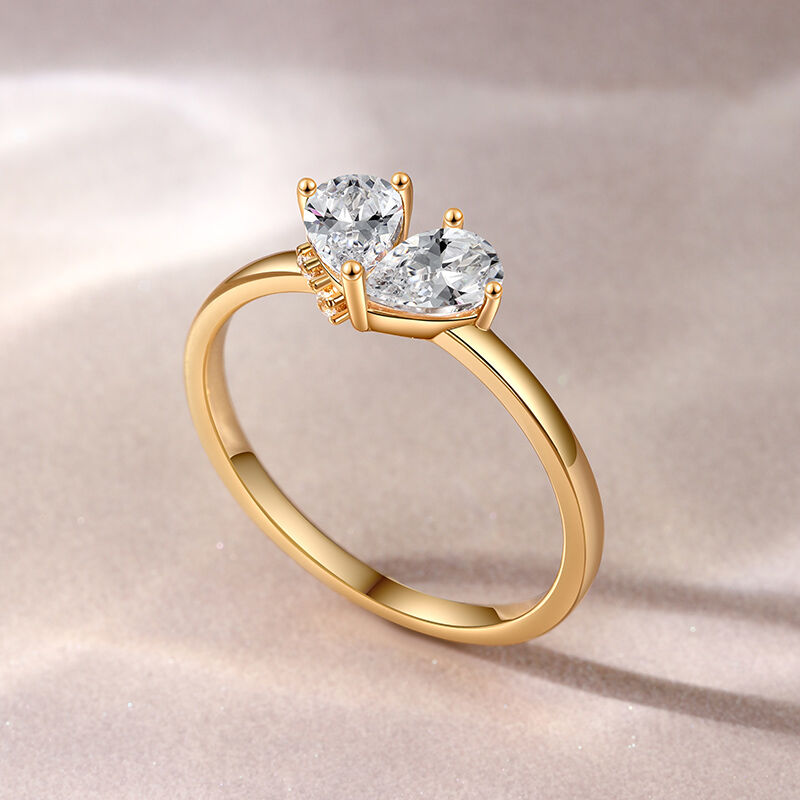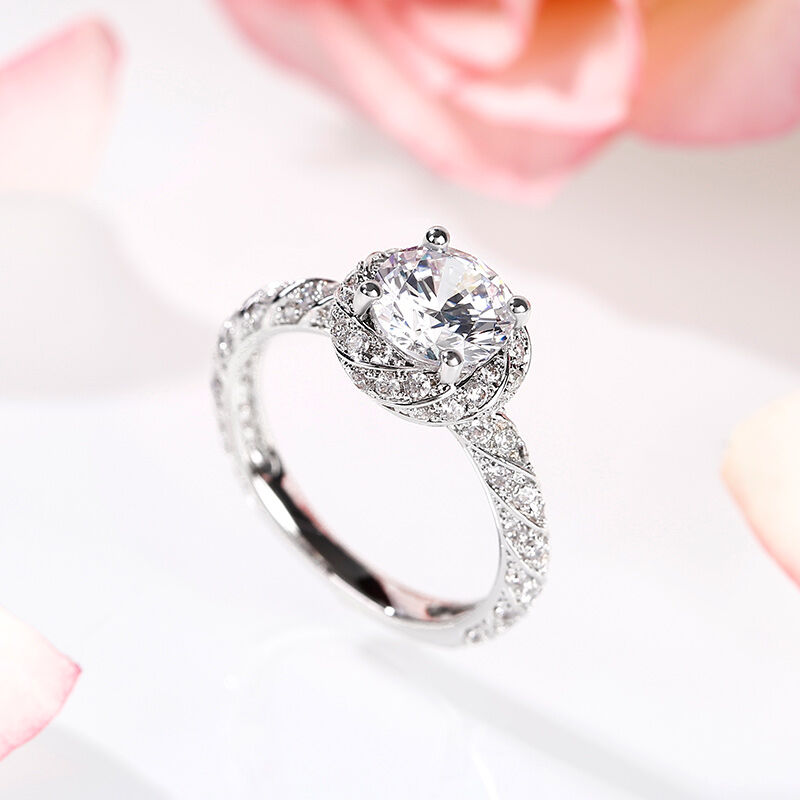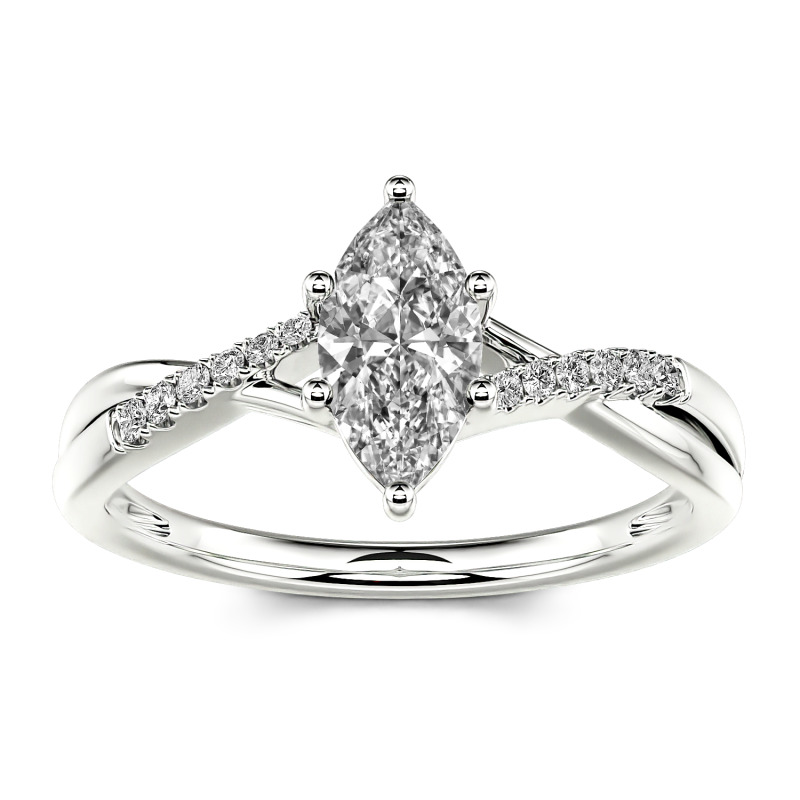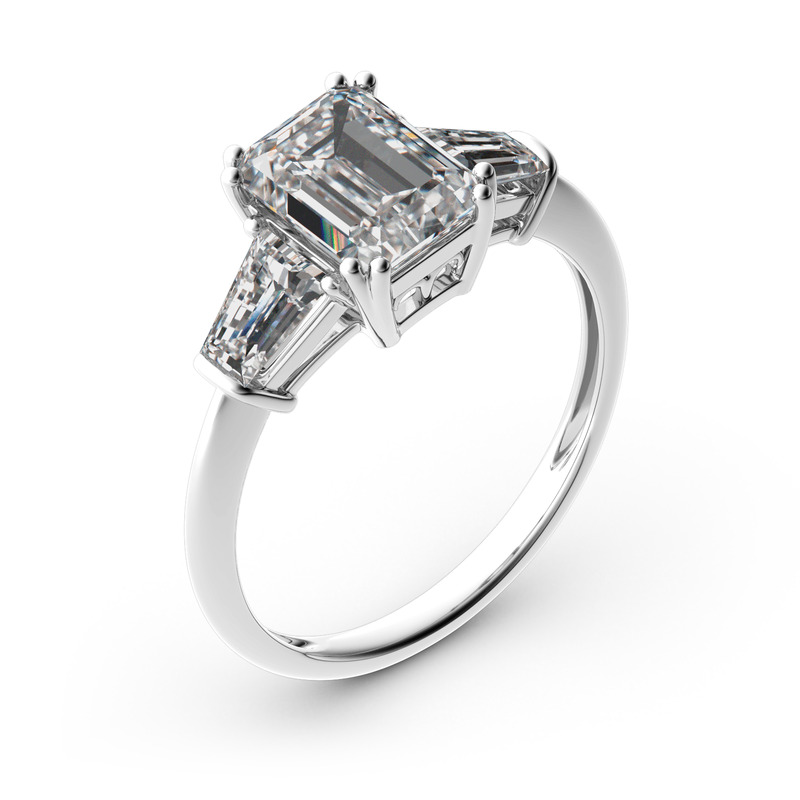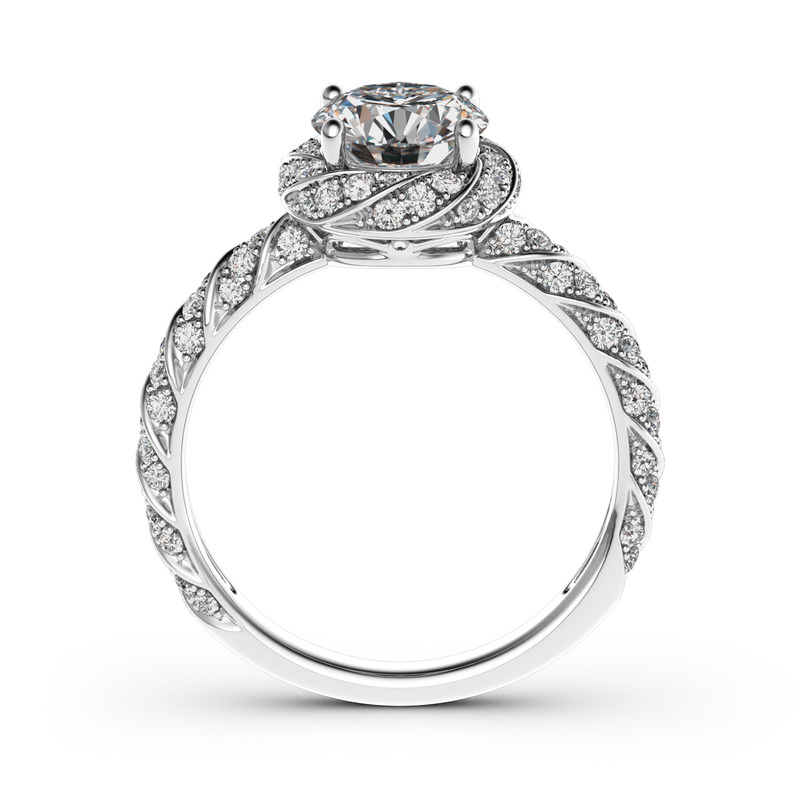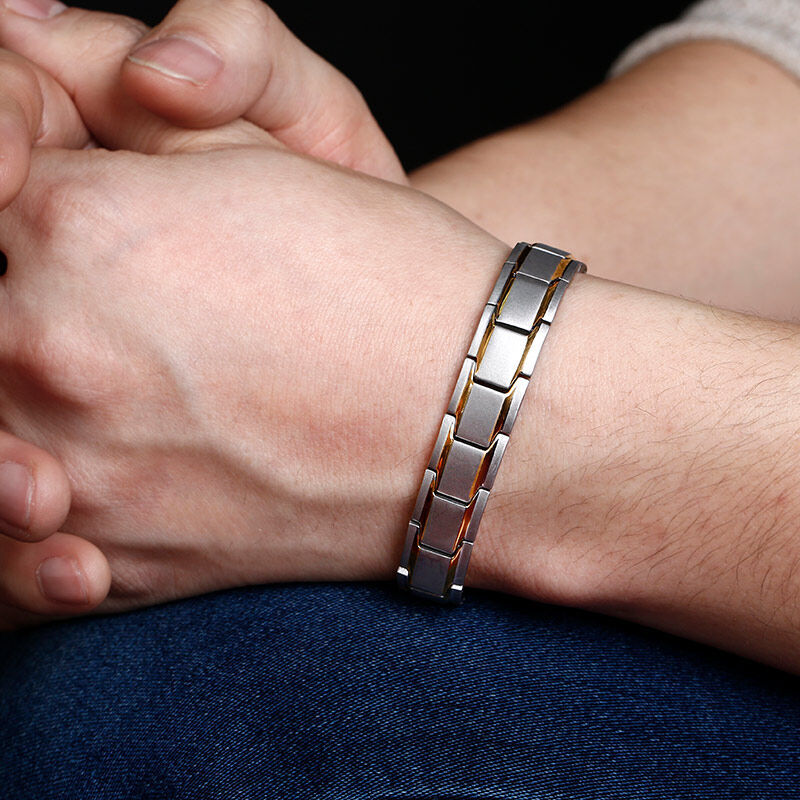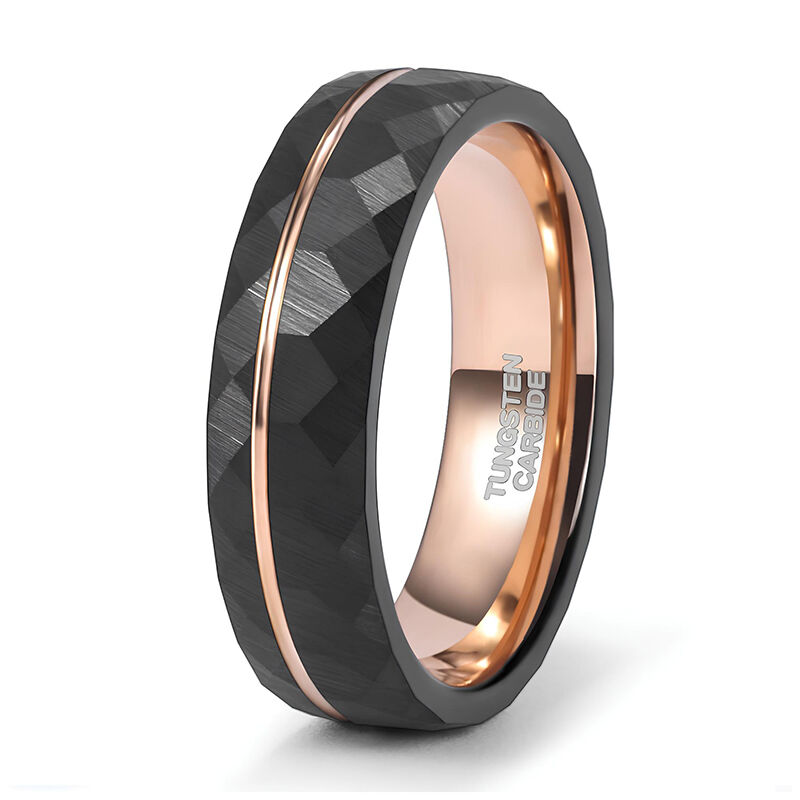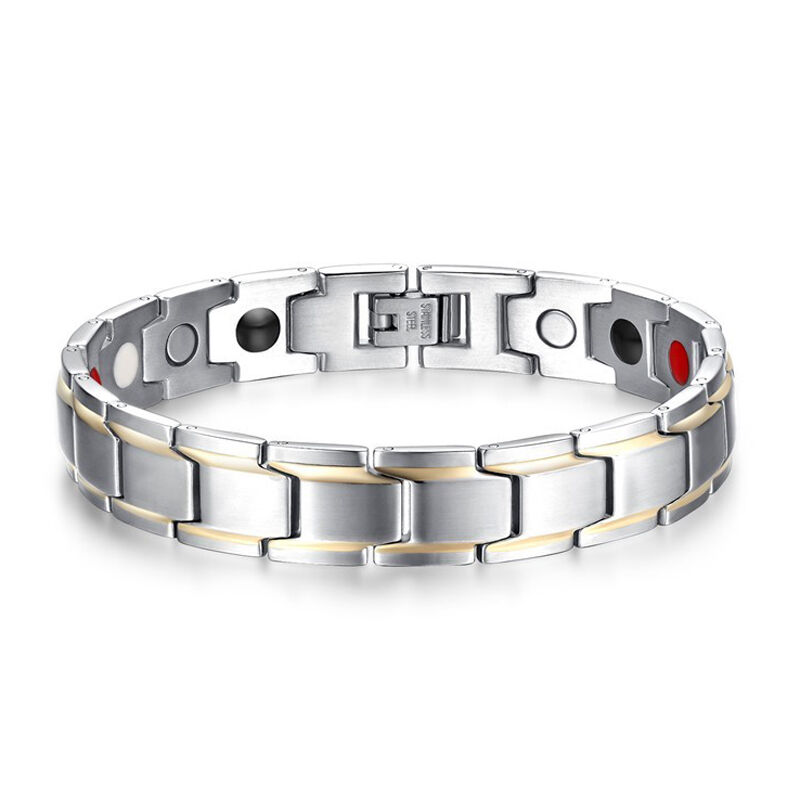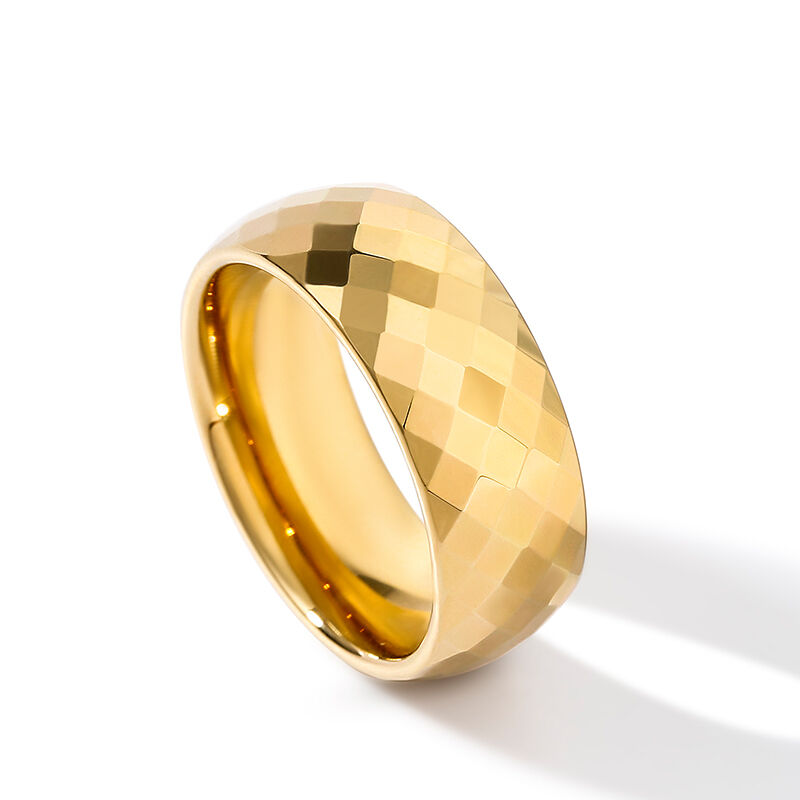For generations, the natural diamond reigned supreme as the ultimate symbol of love, luxury, and commitment. But in today’s world, where ethical sourcing, sustainability, and smart spending are at the forefront of our minds, two dazzling alternatives have stepped into the spotlight: Moissanite and Lab-Grown Diamonds. But what exactly are they, and which one is the right choice for your unique sparkle? Let’s break down this brilliant showdown: Moissanite vs. Lab Diamond.
Moissanite vs. Lab Diamond: What Are They
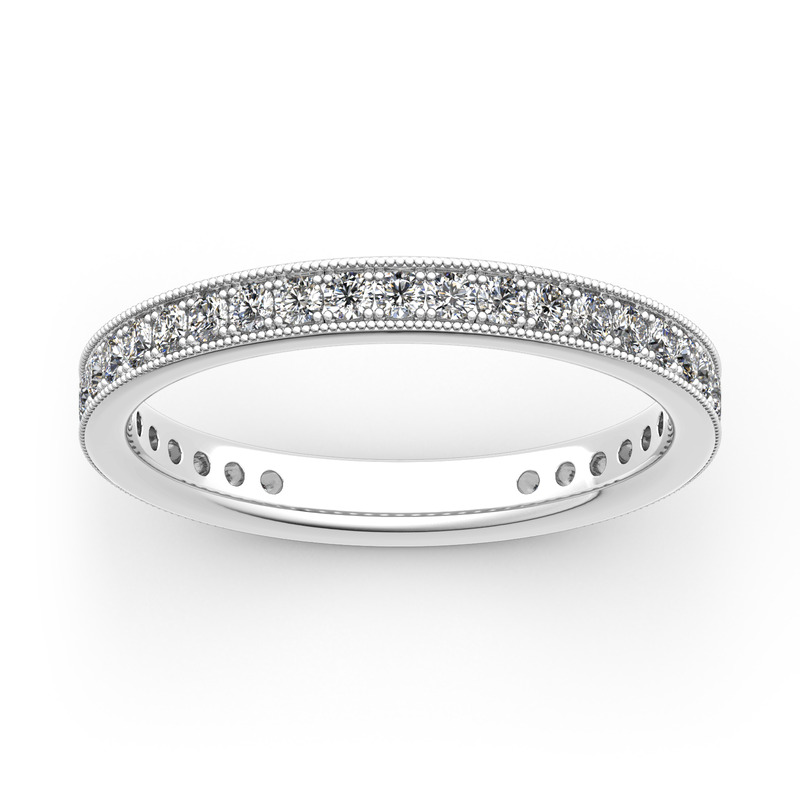
To make an informed decision, it’s essential to know what each stone truly is at its core.
Moissanite: The Star Dust Sparkle
- What it is: Moissanite is a naturally occurring mineral composed of silicon carbide. It was first discovered in a meteor crater by Henri Moissan in 1893. Natural moissanite is incredibly rare, so virtually all moissanite used in jewelry today is created in a lab.
- Composition: Silicon Carbide (SiC)
- Key Characteristic: Known for its exceptional brilliance and fire (rainbow-like flashes of color), often exhibiting more fire than a diamond due to its higher refractive index and double refraction properties.
Lab-Grown Diamonds: Identical Twins, Different Birthplace
- What it is: A lab-grown diamond (also known as a lab-created, cultivated, or engineered diamond) is, chemically, physically, and optically, identical to a natural diamond. The only difference is its origin. Instead of forming deep within the Earth over billions of years, it’s grown in a controlled laboratory environment mimicking the natural conditions.
- Composition: Pure Carbon (C)
- Key Characteristic: Possesses the exact same sparkle, hardness, and durability as a natural diamond. They are graded using the same “4 Cs” (Cut, Color, Clarity, Carat) as their mined counterparts.
The Sparkle Showdown: Moissanite vs. Lab Diamond
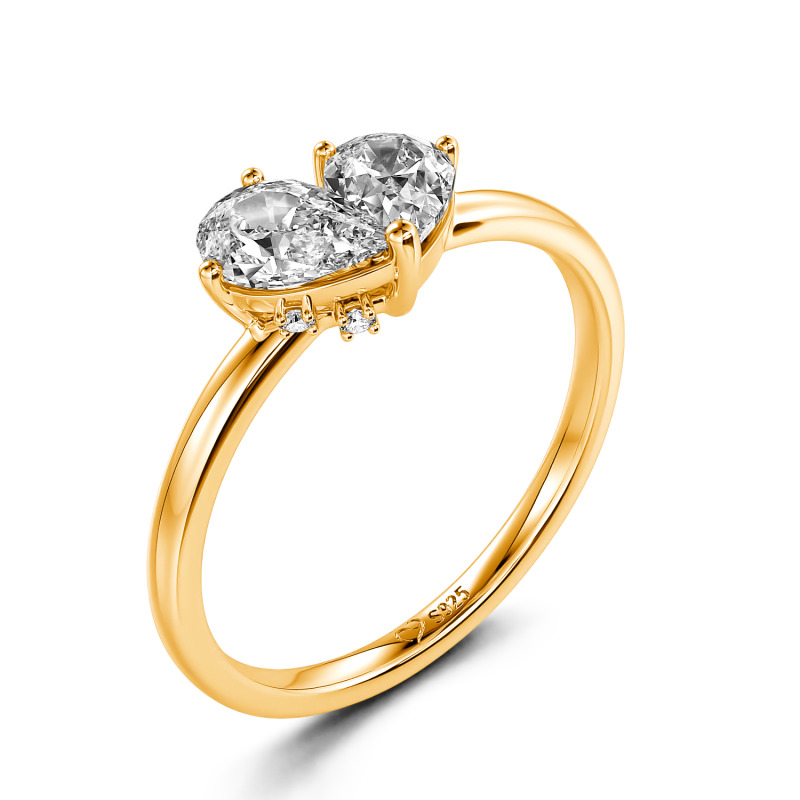
Now, let’s pit them against each other across the categories that matter most.
1. Appearance & Brilliance
- Moissanite: Often described as having a “disco ball” effect or a more “rainbow” sparkle. Its double refraction means light bends twice within the stone, creating a unique, fiery brilliance. While beautiful, some find it too fiery, preferring a diamond’s more subtle, white sparkle.
- Lab Diamond: Exhibits the classic diamond sparkle – a beautiful combination of brilliance (white light), fire (rainbow flashes), and scintillation (on/off flashes as it moves). Because they are structurally identical to natural diamonds, their visual performance is indistinguishable.
2. Durability & Hardness
- Moissanite: Ranks 9.25 on the Mohs scale of mineral hardness, making it incredibly durable and suitable for everyday wear. It’s highly resistant to scratches and chips, second only to diamonds.
- Lab Diamond: Ranks a perfect 10 on the Mohs scale, making it the hardest known substance on Earth. It is exceptionally durable and will stand the test of time, just like a natural diamond.
3. Price Tag
- Moissanite: This is where moissanite truly shines for budget-conscious buyers. It is significantly more affordable than both natural and lab-grown diamonds, often costing a fraction of the price for a stone of comparable size.
- Lab Diamond: While more expensive than moissanite, lab-grown diamonds offer substantial savings compared to natural diamonds of similar quality and size. You can typically get a larger, higher-quality lab diamond for the price of a smaller, lower-quality natural one.
4. Origin & Ethics
- Moissanite: All commercial moissanite is lab-grown, making it an inherently ethical and environmentally friendly choice. There are no concerns about mining practices, conflict sourcing, or habitat destruction.
- Lab Diamond: Also an ethical and sustainable choice. Grown in controlled environments, they eliminate the social and environmental impacts associated with traditional diamond mining. Their origin is fully traceable, offering complete transparency.
5. Composition & Identification
- Moissanite: Is a diamond simulant – it looks like a diamond but is a completely different material. A trained jeweler can easily distinguish moissanite from a diamond using specialized tools (like a diamond tester that also tests for moissanite).
- Lab Diamond: Is a real diamond. It is not a simulant but a genuine diamond. Only specialized gemological equipment can differentiate between a lab-grown and a natural diamond, and even then, it’s about identifying growth patterns, not the basic composition.
Moissanite vs. Lab Diamond: Which Sparkle Is For You
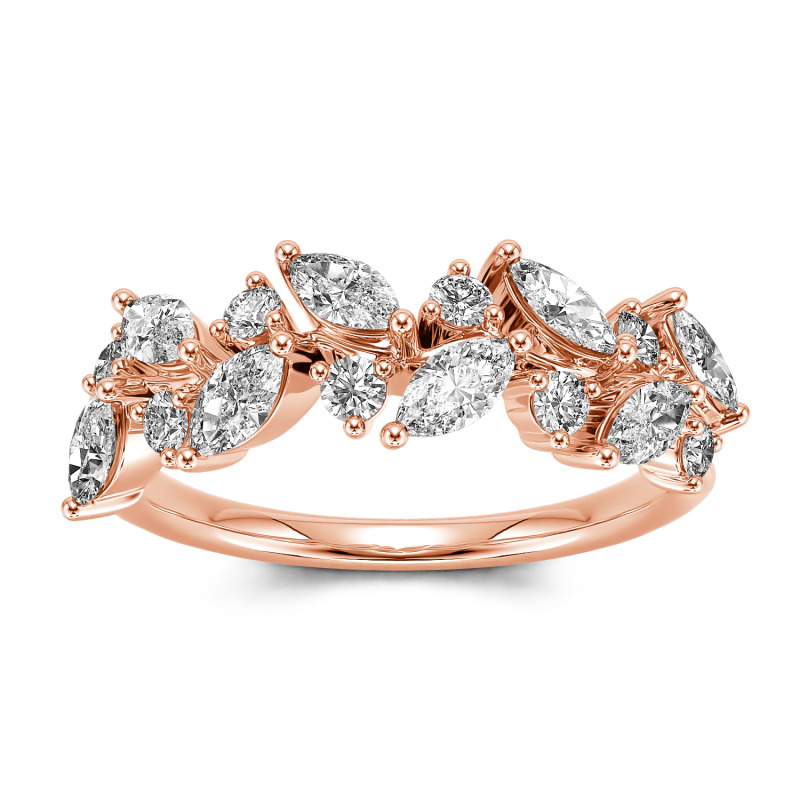
The “better” choice truly depends on your priorities and preferences.
Choose Moissanite if:
- Your budget is a top priority. You want maximum sparkle for minimum spend.
- You love a fiery, rainbow-like brilliance. You appreciate its unique visual characteristics.
- You’re comfortable with a diamond alternative that looks stunning but isn’t chemically a diamond.
- Ethical and sustainable sourcing is important, and you appreciate its lab-grown origins.
Choose Lab-Grown Diamonds if:
- You desire the authentic look, feel, and chemical properties of a diamond. You want the classic diamond sparkle.
- Ethical and sustainable sourcing is crucial, but you still want a diamond.
- You want excellent value compared to natural diamonds, allowing for a larger or higher-quality stone within your budget.
- You are concerned about resale value. While neither has strong resale, a lab diamond is a diamond.
The Bottom Line
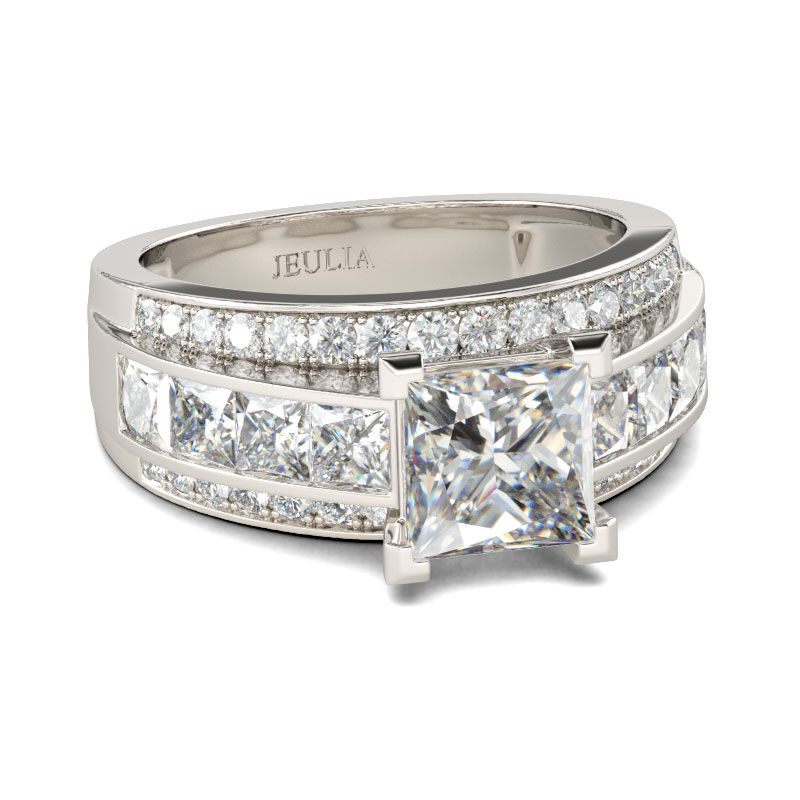
Both Moissanite and Lab-Grown Diamonds offer brilliant, beautiful, and ethical alternatives to natural diamonds. They allow you to achieve a breathtaking look without the hefty price tag or the ethical dilemmas often associated with mined stones.
Ultimately, Moissanite vs. Lab Diamond, no matter which you choose, you’ll be wearing a stone that’s not only stunning but also a reflection of modern values and conscious consumerism.
More Jeulia Post:
Lab-Grown Diamond Rings: A Brilliant Choice for Engagement and Wedding?
Recommendations for Chocolate Diamond Ring Styles
Exploring Popular Diamond Alternative Engagement Rings

